How Does COVID-19 Attack the Vital Organs in the Human Body?
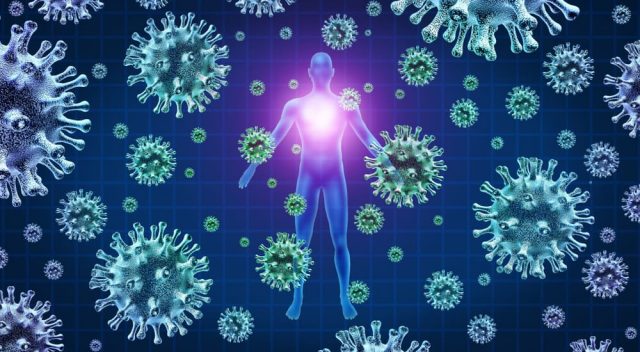
Read all the news articles about the coronavirus (COVID-19) here.
The COVID-19 outbreak that spread from Wuhan, China, and spread to dozens of other countries has caused around 89,000 cases and killed more than 3,000 victims. Although there are still many things that need to be researched regarding the disease caused by SARS-CoV-2, one thing is certain that COVID-19 has a negative impact on the human body.
Parts of the human body affected by COVID-19
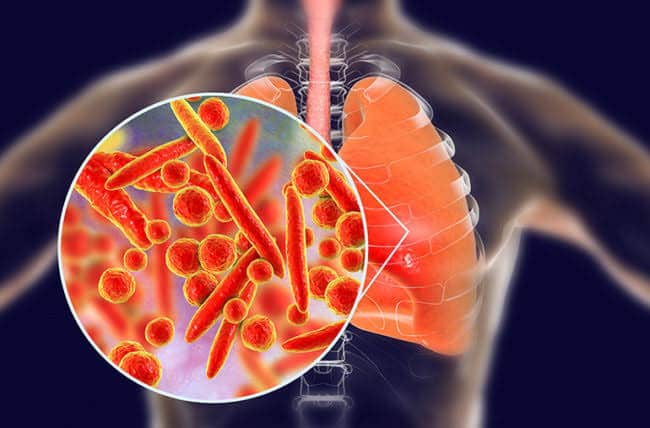
Even though they are both under the same virus umbrella, namely the coronavirus, SARS-CoV-2 can actually have quite a serious impact.
The initial symptoms of COVID-19 are similar to the common cold, but when the disease attacks the body, they also have an effect on the vital organs of the human body. For example, most patients who suffer from respiratory infections, such as pneumonia, are more likely to develop critical conditions when exposed to COVID-19.
Here are some vital organs that are attacked by a virus that is said to be contagious without symptoms.
1. COVID-19 attacks the lungs
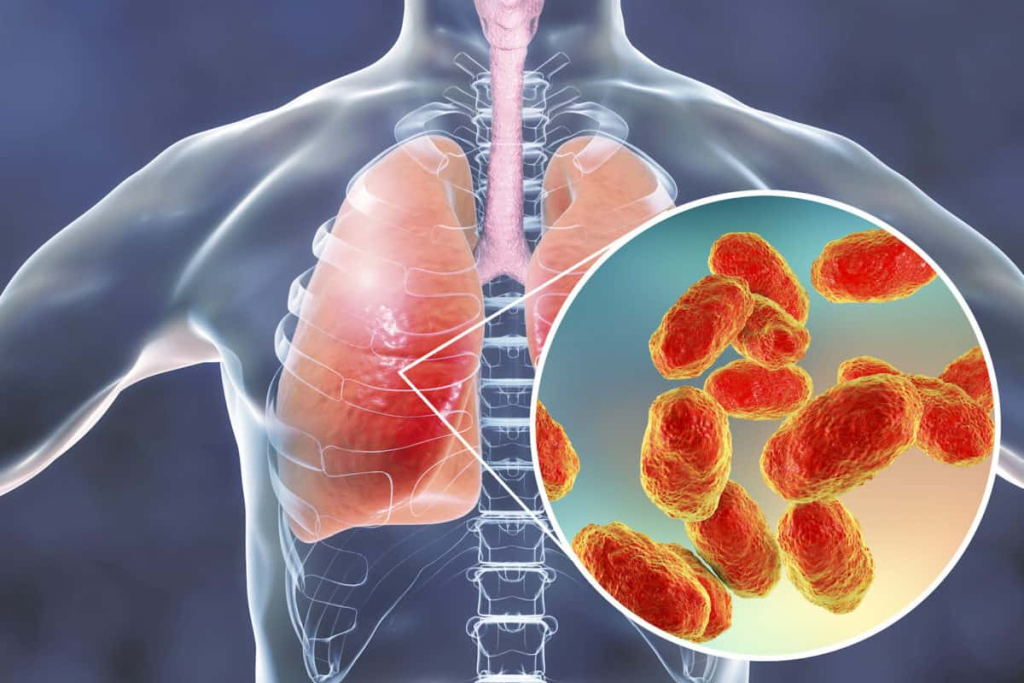
As previously mentioned, the lungs are a vital organ in the human body that is attacked by COVID-19 and leaves quite a serious impact.
In fact, almost some patients who are in critical condition experience problems with their lungs first. This condition is quite common because, like the flu, SARS-CoV-2 causes problems with your respiratory tract.
This disease usually spreads the virus when an infected person coughs or sneezes. Then, sufferers accidentally spread respiratory droplets that can make the virus ‘enter’ the bodies of people who are near them.
The symptoms of COVID-19 are similar to those of the common cold, starting with a high fever, dry cough, and causing serious respiratory problems, such as pneumonia.

This is evidenced by data from China CDC Weekly. From this data, it can be seen that the severity of COVID-19 varies considerably, from no symptoms, mild symptoms, to fairly severe illness.
Of the more than 17,000 cases reported in China, around 81% were mild cases and the rest were severe or in critical condition. In addition, people who are older and have other chronic illnesses have a higher risk of developing more severe disease. This condition also applies to how COVID-19 attacks the vital organs of the human body, namely the lungs.
What is often seen in COVID-19 patients in critical condition is a form of acute respiratory failure. Acute respiratory failure does not only occur in sufferers of COVID-19, but occurs due to various factors, such as infection, trauma, and sepsis.
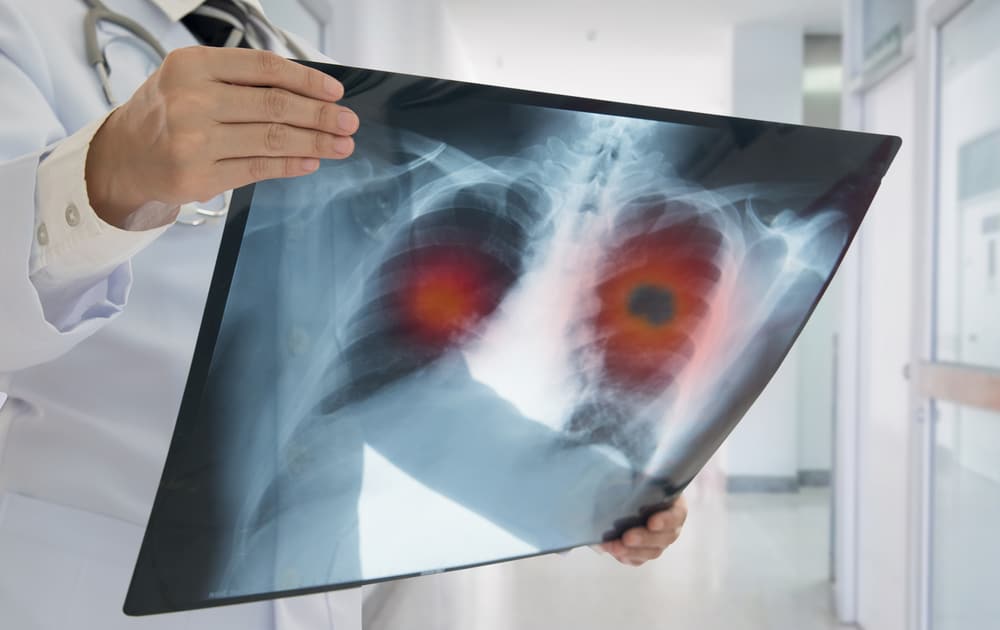
The three factors mentioned can cause damage and make fluid leak from the small blood vessels in the lungs.
The fluid that collects in the air sacs of the lungs (alveoli) makes it difficult to transfer oxygen from the air to the blood. As a result, the patient has difficulty breathing as the fluid floods into the lungs.
However, researchers still need to carry out further research to understand what happens when COVID-19 attacks the lungs of the sufferer.
2. Stomach and digestive tract

Apart from the lungs, other organs of the human body that are attacked by COVID-19 are the stomach and digestive tract.
Reporting from CDC, some sufferers of COVID-19 report symptoms of indigestion, such as nausea and diarrhea. In fact, similar cases also occurred in SARS and MERS. Nearly a quarter of patients with both diseases experience diarrhea.
This condition can occur because when the virus enters the body, they will look for living cells that have proteins outside the cell, namely the receptors. When the virus finds a receptor that matches the cell, the virus will attack the body.

Certain types of viruses select the receptors they wish to attack, but most can easily penetrate all cell types. Therefore, it is possible that SARS-CoV-2 can attack the digestive tract.
In fact, according to research from New England Journal of Medicine mentioned that they found a virus that causes COVID-19 in several people. However, researchers still need to determine whether fecal transmission of COVID-19 can occur or not.
3. Blood circulation
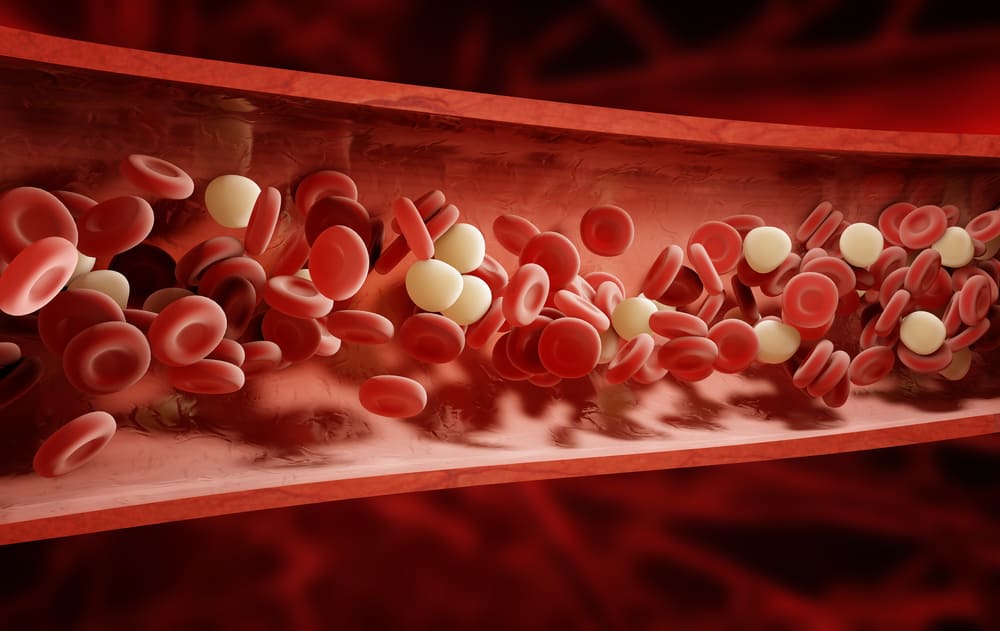
Another problem that sufferers of COVID-19 will face when the virus is in the body is a disturbance in the circulatory system.
In certain cases, patients with the SARS-CoV-2 virus experience symptoms in the form of irregular heart rhythms. This condition may occur due to insufficient blood entering the tissues or the blood pressure is low enough, thus requiring medication.
Nonetheless, according to a report from Lancet, there were no significant changes in heart tissue in some samples. This shows that it is likely that COVID-19 will not directly affect the sufferer’s heart.
4. Kidneys
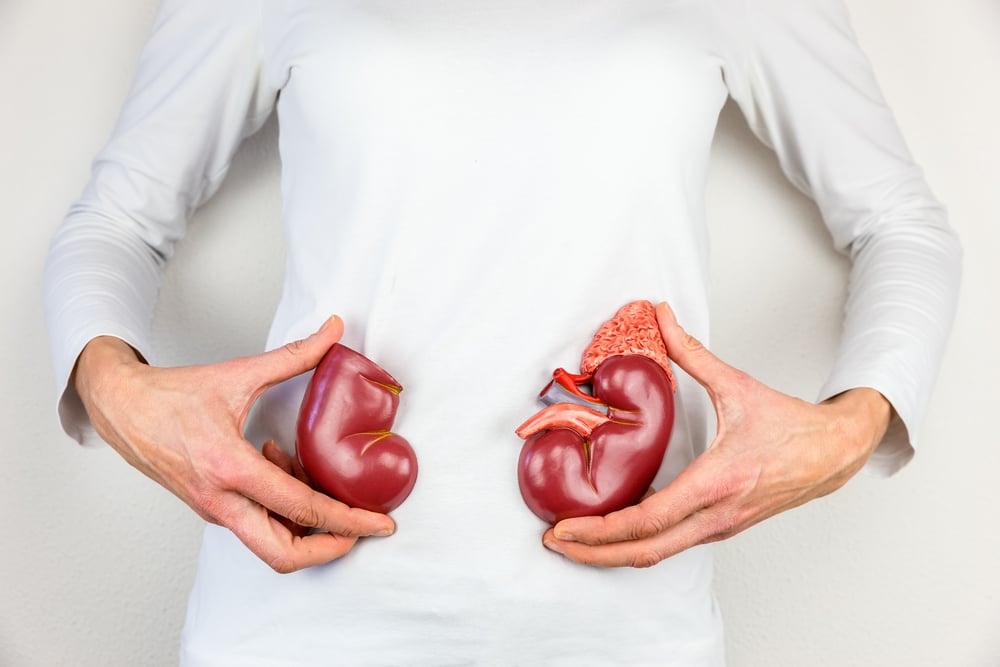
Those of you who have kidney problems may need to be vigilant when the COVID-19 outbreak is spreading.
The kidneys are also one of the organs in the human body that is attacked by the COVID-19 disease. According to reports from JAMA Network, several patients in Wuhan, China, also suffered from acute kidney damage and occasionally needed a kidney transplant.
Similar cases have occurred in several patients who suffered from SARS. In the past, experts discovered that the viruses that cause SARS and MERS cause tubules in the kidneys.
Therefore, the risk of kidney damage or being exacerbated by disorders of the kidneys when suffering from COVID-19 is a cause for concern.
This condition may be because when people with COVID-19 experience pneuomnia, oxygen circulation becomes choked. As a result, damage to the kidneys cannot be avoided.
5. Heart
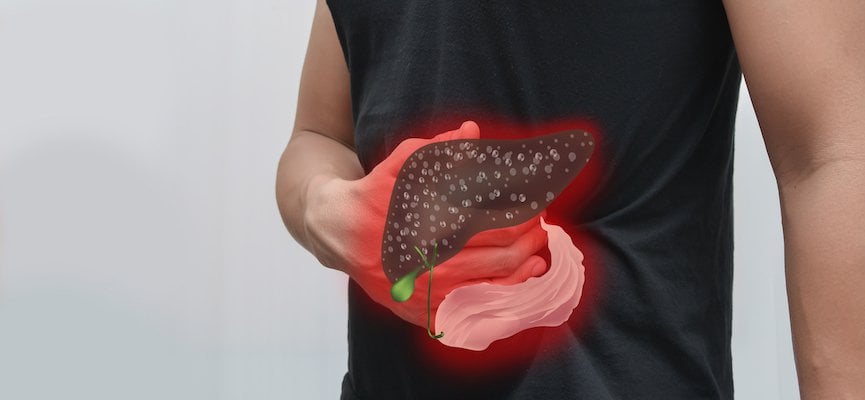
When a zoonotic virus such as SARS-CoV-2 begins to spread from the lungs to several other organs of the human body, the liver is at high risk of being affected.
This is because when the viruses from COVID-19 ‘swim’ in the bloodstream, they tend to get into other parts of the human body.
Quoted from the report at Lancet, doctors found signs of liver damage in COVID-19 patients. However, it is still unclear whether the virus or the drugs used in the patients was the cause of the damage.
SARS-CoV-2 may be able to directly infect the liver, make cell replicas, and kill healthy liver cells. It is also possible that these cells are damaged because the immune response to the virus triggers a severe inflammatory reaction in the liver.
However, liver failure is not the only cause of death for people with COVID-19. Most cases of death faced by sufferers are more often due to lung problems.
In conclusion, the COVID-19 outbreak due to the SARS-CoV-2 virus should not be underestimated because it has quite a serious effect on the human body. Therefore, keep yourself clean and don’t forget to make efforts to reduce the risk of transmission from an infected person.
Help doctors and other medical personnel get personal protective equipment (PPE) and ventilators to fight COVID-19 by donating via the link below.
Hello Health Group does not provide medical advice, diagnosis or treatment.
CDC. (2020). Interim Clinical Guidance for Management of Patients with Confirmed Coronavirus Disease 2021 (COVID-19). Retrieved March 2 2021, from https://www.cdc.gov/coronavirus/2019-ncov/hcp/clinical-guidance-management-patients.html
Mckeever, A. (2020). Here’s what coronavirus does to the body. Retrieved March 2 2021, from https://www.nationalgeographic.com/science/2020/02/here-is-what-coronavirus-does-to-the-body/
Radcliffe, S. (2020). Here’s what happens to the body after contracting coronavirus. Retrieved March 2 2021, from https://www.healthline.com/health-news/heres-what-happens-to-the-body-after-contracting-the-coronavirus
The Novel Coronavirus Pneumonia Emergency Response Epidemiology Team. The Epidemiological Characteristics of an Outbreak of 2021 Novel Coronavirus Diseases (COVID-19) – China, 2021[J]. China CDC Weekly, 2021, 2 (8): 113-122. Retrieved March 2 2021.
Wang D, Hu B, Hu C, et al. (2020). Clinical Characteristics of 138 Hospitalized Patients With 2021 Novel Coronavirus – Infected Pneumonia in Wuhan, China. JAMA. DOI: 10.1001 / jama.2020.1585 Retrieved March 2 2021.